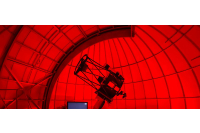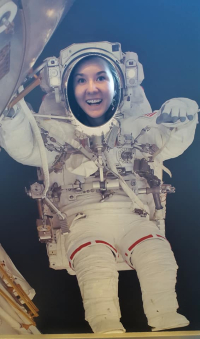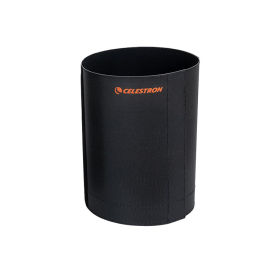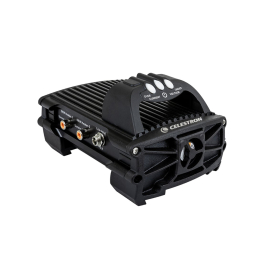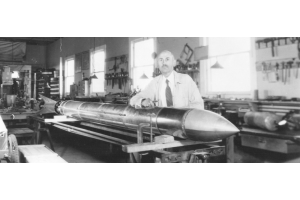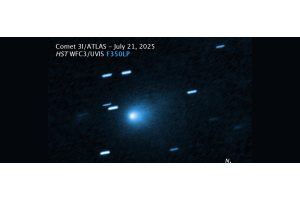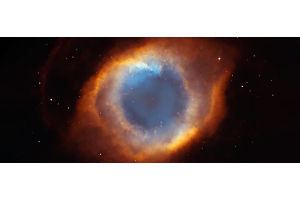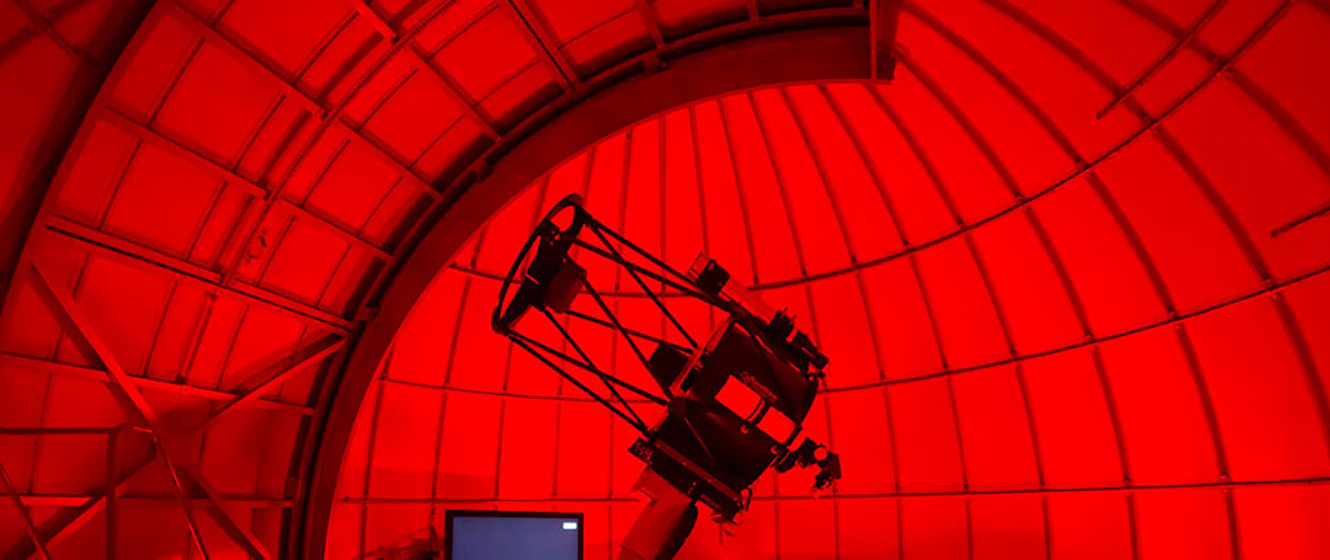
There are dozens of factors that come into play the moment you step outside with your telescope. Thermal dynamics (or thermodynamics), atmospheric conditions, light pollution, and cloud cover are just some of the forces that could work against you. While you can’t control all of these elements, you’re not completely helpless. To create the ideal conditions to see farther and more clearly than ever before, you need to thermally optimize your telescope. Thermal equilibrium optimization will help you get a better view of the sky.
What is Thermal Equilibrium Optimization and Why Do I Need It?
Also known as simply "thermal equilibrium", or "thermal optimization," the concept refers to the ideal thermal telescope conditions that lead to the best viewing and reduce the effects of dew and convection currents. These two nuisances can ruin your night of observing. Both come into play when your telescope tube and the ambient air are at different temperatures.
Dew formation is almost unavoidable, but it can be significantly delayed when you apply the right tools. Dew forms as a result of the outside air cooling off and forcing water vapor to condense and collect on every available surface. Your telescope, having recently been inside a nice warm house, is a prime target for dew.
Convection currents are another challenge that we generally think of as affecting much larger systems like the weather and the oceans, but they can also impact viewing conditions by creating what are called “tube currents.” These telescope-specific convection currents form when the heat from your warm telescope tube escapes into the cooler air around it. On the outer portions of your telescope, the heat is free to wander off into the ether. On the inside, however, the air is trapped. The light from the distant binary system you’re trying to focus on passes through the colder air in front of the telescope, then into the warmer air trapped inside. Each environment affects the light differently, and the result you’ll see is a distorted and blurred image.
The light your telescope collects needs to have undergone the minimum amount of degradation on the way to you in order for your telescope to work properly and offer the best seeing conditions. Both dew and “tube currents” change the way the light behaves, thus changing the image you get.
How Do I Achieve Thermal Equilibrium?
The simplest way to thermally optimize your telescope is to let it happen on its own. If you bring your telescope outside and start viewing right away, your seeing conditions will slowly deteriorate as your telescope cools down, and you may be tempted to pack it in for the night. The better option is to leave your telescope out for around 30 minutes to let every piece of equipment cool down individually. Larger telescopes will take longer - you’ll have to run through some trial and error to find out the perfect amount of time for your specific telescope.
Even before you bring your telescope out into the night, consider where you store it the majority of the time. Is it close to a heater or vent? Is it in the warmest room in the house? Do you keep it covered by a thick blanket or heat-trapping material? The warmer your telescope is when you bring it outside, the worse the effects of dew and convection will be. If you can store it in a cool place that’s closer to the temperature of the ambient air, you’ll have fewer problems at the outset.
Of course, you can turn to the astronomer’s tool chest to give nature a helping hand. While both dew and tube currents are the result of temperature differences, they are not both dealt with in the same way. Since dew appears when your telescope’s temperature falls below that of the ambient air, you need a dew heater and/or a dew shield to combat it, both of which help protect your telescope’s optical area and keep it just above ambient temperature (thus stopping dew from forming).
To keep tube currents at bay, you need to cool your telescope down rather than heat it up. While smaller telescopes are best left alone, as they will cool down quickly, larger telescopes (namely reflectors) can be a pain. Give them a small assist by installing a cooling fan , which, as the name implies, quickly brings the internal pieces of your telescope down to ambient temperature.
“Thermal equilibrium optimization” may sound intimidating, but all it really involves is creating the perfect environment for your telescope. With a little knowledge of thermodynamics and a healthy dose of patience, you can achieve the best viewing conditions possible.
Click the arrow above to see MLA, APA, and Chicago Manual of Style citations.
MLA:
Antonuccio, Sara. "Thermal Equilibrium Optimization," AstronomyHub, High Point Scientific, 16 Aug. 2023, https://www.highpointscientific.com/astronomy-hub/post/thermal-equilibrium-optimization.
APA:
Antonuccio, S. (2023, August 16). Thermal equilibrium optimization. High Point Scientific. https://www.highpointscientific.com/astronomy-hub/post/thermal-equilibrium-optimization
Chicago Manual of Style:
Bibliography:
Sara Antonuccio. "Thermal Equilibrium Optimization," AstronomyHub (blog), High Point Scientific, August 16, 2023. https://www.highpointscientific.com/astronomy-hub/post/thermal-equilibrium-optimization.
Footnote:
Sara Antonuccio, "Thermal Equilibrium Optimization," AstronomyHub, High Point Scientific, August 16, 2023, https://www.highpointscientific.com/astronomy-hub/post/thermal-equilibrium-optimization.
This Article was Last Updated on 08/16/2023





